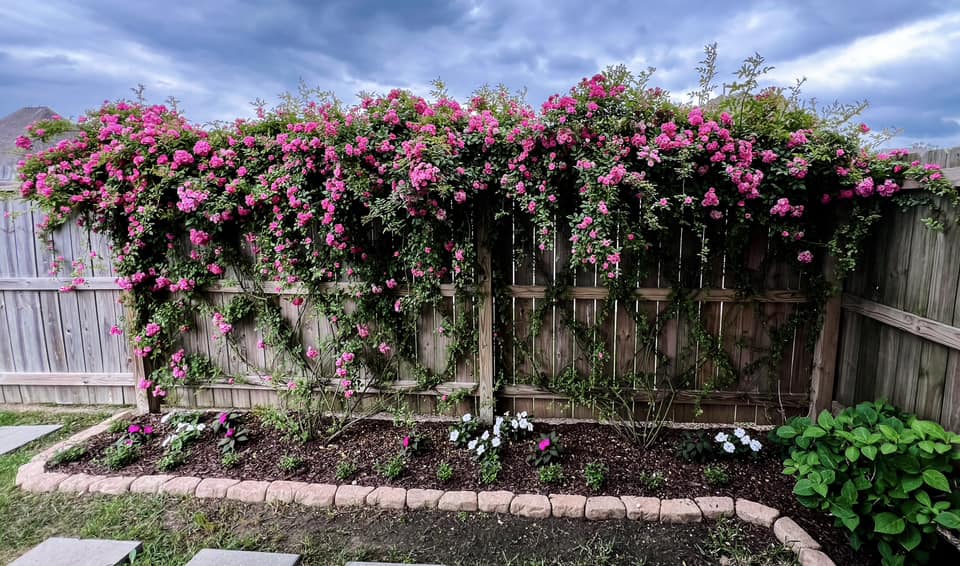The Easy-Way to Fix A Patchy Lawn
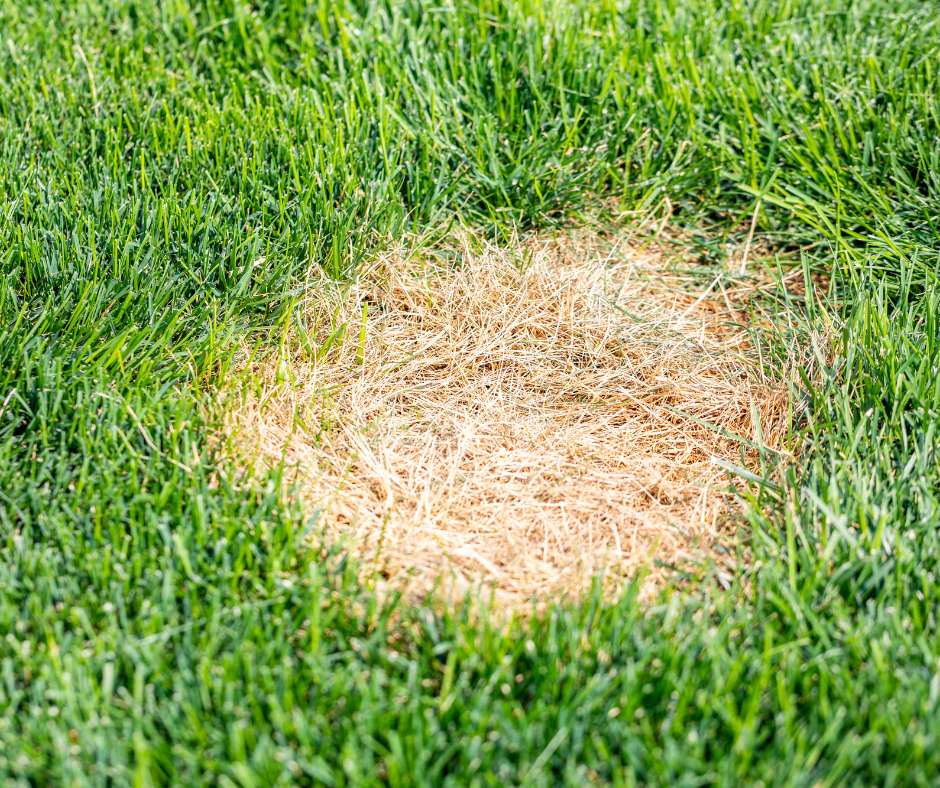
It’s sod season here at Louisiana Nursery, and we know you’ve been eyeing those blank, muddy spaces in your lawn. If you’re considering filling in the gaps with a lush carpet of green, now is the ideal time to get to know our two favorite types of sod: St. Augustine and Centipede.
Key Differences
St. Augustine and Centipede are the two most common types of sod for our Baton Rouge region. St. Augustine grass is unique in that it can only be grown by planting sod or plugs—it can’t sprout from seed (did you know that?). Don’t worry, if you’re new to the world of sod, we’re here to guide you through each step, from choosing the right type of sod to the best practices for laying and caring for it.
Centipede grass, unlike St. Augustine, can be grown from both seeds and sod. If you’re looking to quickly cover a large area, sod can be your best bet, though it might be a bit costlier than seeds.
So, which should you choose? Let’s dive deeper into what each type offers:
Centipede Sod
A hardy variety that’s perfect for high-traffic areas of your yard. It can handle a lot of sun, making it an excellent choice for open, sunny areas. Moreover, it’s a low-maintenance variety that grows relatively slowly, meaning you won’t have to mow or water as often. In cooler temperatures, you might notice some brown coloration, which is more noticeable in the fall.
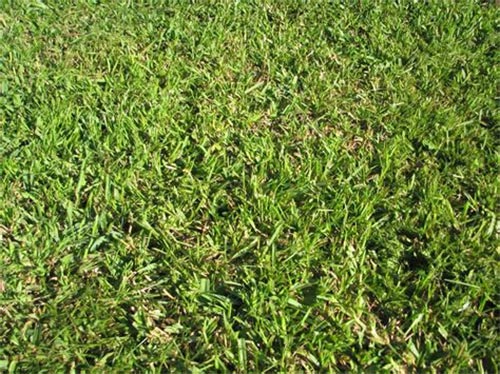
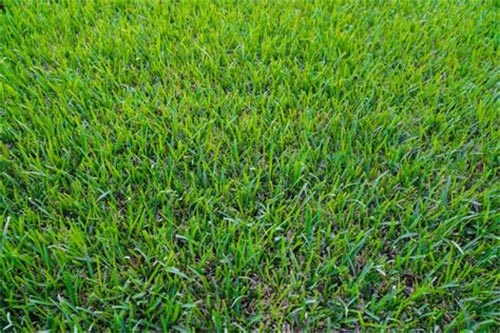
St. Augustine Sod
On the other hand, St. Augustine sod provides vibrant green coverage with thick blades that maintain their color well into the season. This type of sod thrives even in shady areas and produces a fuller lawn compared to Centipede. However, St. Augustine does require more time and attention—it grows quickly and needs regular watering and mowing. I would suggest this type unless your yard is particularly dry or drought-prone.
Still not sure which type works for you? Check out our easy-to-use chart:
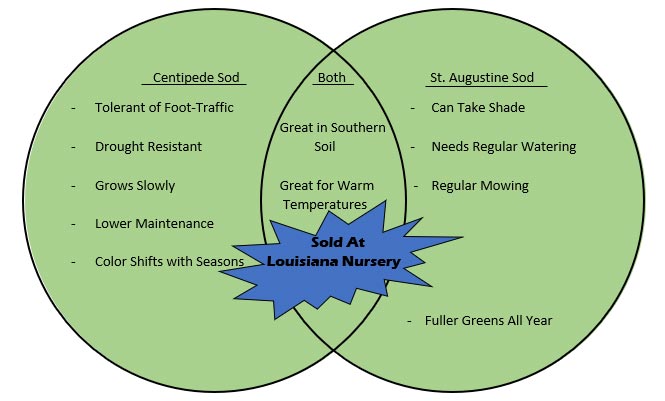
Ripping Out Dead Grass Patches
Now that you know exactly which type of sod works best for your area, let’s discuss cutting out the old patches. This 5-point list will tell you exactly how to remove old sod, while also preparing the ground for new, healthy sod:
1. Measure and Mark the Area: Start by clearly marking the area that you want to replace. You can use spray paint or small stakes and string to delineate the boundaries of the patch.
2. Remove the Dead Grass: Use a flat shovel or a sod cutter to cut out the dead grass. Start a few inches outside the marked area to ensure you’re removing all of the dead grass. Cut about 1 to 2 inches deep to make sure you get all of the roots. Lift out the cut-out sod and discard it.
3. Prepare the Soil: Once you’ve removed the old sod, loosen the soil with a garden rake or a tiller to about 4 to 6 inches deep. Remove any rocks, sticks, or other debris.
4. Level and Grade the Soil: Use a landscape rake to level the soil, making sure it’s smooth and even. If necessary, add topsoil to ensure the new sod will be level with the surrounding lawn. The soil should be about one inch below the level of the surrounding lawn to account for the thickness of the sod.
5. Water the Soil: Moisten the soil lightly. This provides a good start for the sod roots to grow into.
Removing the old sod and properly preparing the soil is the most laborious task of this entire project. Now, let’s move to the fun part and finish this lawn-transformation with new sod!
 How to Plant and Care For Sod
How to Plant and Care For Sod
Before we get into it, a quick tip: Fresh-cut sod is delicate. You should try to plant it as soon as possible after purchase. Leaving your sod in the back of the pickup for a week is a sure-fire way to lose money! If you must wait some extended period of time, be sure to store it somewhere with full-sun, and provide regularly water (cold water is preferred).
Following our steps for old-grass removal, you should be able to line up your sod-pieces directly over the empty spots in your yard. Try not to stretch the pieces too much, but instead allow the grass to fill-in gaps naturally.
It’s important to water your newly laid sod in the morning or early afternoon. Your grass absorbs moisture in the morning and starts to “go to sleep” by mid-afternoon. Watering at night could result in excess water sitting on your grass overnight, which could lead to root rot.
Products to Jump-Start Your Lawn Renovation
Like I mentioned previously, new sod is delicate. You’ll have to take extra precautions for 3-4 weeks while the root-system develops. With that fragility in-mind, I always recommend applying ‘Root Stimulator’ by Fertilome. Using a root stimulator can do wonders for your sod, and is particularly helpful when you’re only laying a few pieces (root-stimulator jump-starts rooting and quickly gets sod – or plants – established in their new home).
Also from Fertilome, you can get a bag of ‘New Lawn Starter Fertilizer’, a granular fertilizer formulated to prevent burning your grass. Our customers have had success using them together: Use root-stimulator after laying sod, wait a week, apply granular fertilizer. Repeat this for about a month, with a total of 2-3 applications of both products.

Note: I mention the non-burning formula for Fertilome’s granular lawn fertilizer because regular granular fertilizer will burn your grass! Wait at-least a month, preferably longer, before using general lawn fertilizers. All mentioned products and more are available at Louisiana Nursery stores!
Where to Buy High-Quality Sod
Laying sod can indeed be a tough task, especially in the 90-degree Louisiana weather. But trust us, a few weeks from now, when you’re standing on your lush, vibrant lawn, you’ll know it was all worth it.
Visit one of our three locations on Thursdays (from late-spring through the summer) to grab your sod. Don’t worry if you’re still unsure about which variety to choose – our experts are always here to help!
Good luck, and happy planting!
(Want to learn more about Lawn Renovation Project, from start to finish? Click ‘here‘)

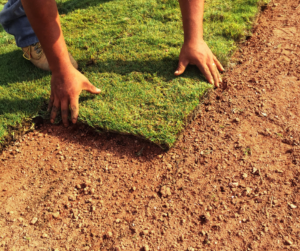 How to Plant and Care For Sod
How to Plant and Care For Sod
